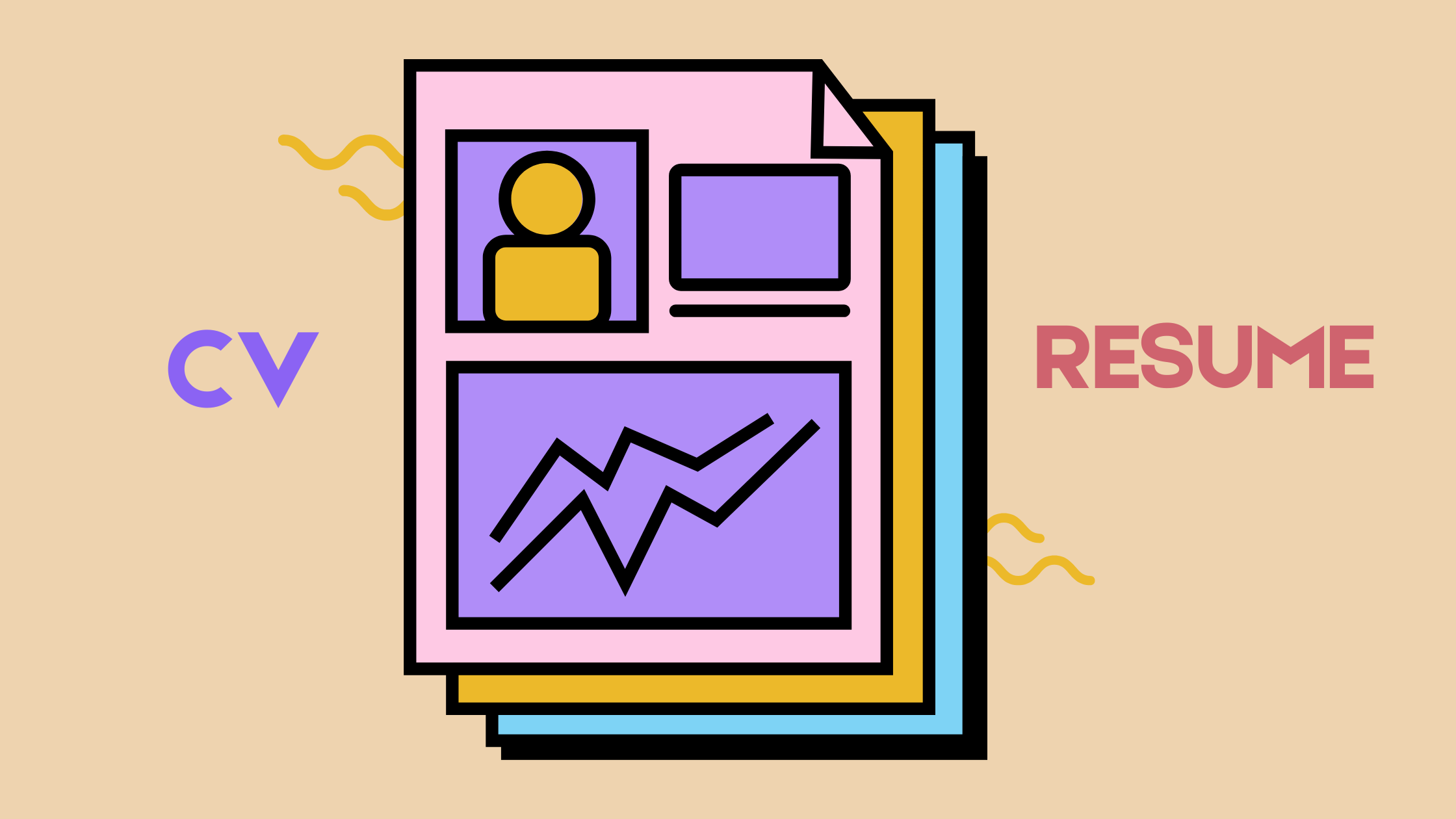Your Ultimate Guide to Writing a Resume That Gets Noticed

Feeling overwhelmed by the blank page? This step-by-step guide breaks down how to write a compelling resume, from contact info to skills, with practical tips to help you land the interview.
First Things First: The Foundation of a Great Resume
Before you type a single word, you need a game plan.
A great resume isn’t just a list of things you’ve done; it’s a strategic marketing document tailored to a specific audience.
Decode the Job Description
Think of the job description as your cheat sheet. Hiring managers use it to list the exact skills and qualifications they’re looking for.
- Scan for Keywords: Look for specific terms related to skills (e.g., "SEO marketing," "Python," "project management") and responsibilities ("lead a team," "analyze data").
- Mirror the Language: Weave these keywords naturally throughout your resume. This not only shows you’re a great fit but also helps your resume get past Applicant Tracking Systems (ATS), the software many companies use to screen applications.
Create Your "Master Resume"
Here's a pro-tip that will save you hours down the line: create a master document that lists everything you've ever done. Every job, every responsibility, every project, every achievement. It can be long and messy—that’s the point!
And upload your Master Resume to Resumost, When you apply for a new job, you won't be starting from scratch, Resumost will generate job-specific resumes for you. You'll simply copy and paste the most relevant information from your master resume and tailor it to the specific role.
The Anatomy of a Winning Resume: Section by Section
Alright, let's build this thing. Here are the essential components of a modern resume.
1. Contact Information
This seems simple, but getting it wrong can be a red flag. Keep it clean and professional at the very top of your page.
- What to include:
- Full Name
- Phone Number
- Professional Email Address (e.g.,
firstname.lastname@email.com) - Location (City, State is fine—no need for your full street address)
- LinkedIn Profile URL (make sure it's updated!)
2. The Professional Summary
This is your 2-3 sentence elevator pitch. It sits right below your contact info and should immediately answer the question: "Why should we hire you?"
- For experienced professionals: Use a Professional Summary to highlight your top achievements and years of experience.
- Example: "Dynamic marketing manager with 8+ years of experience driving successful digital campaigns for B2B tech companies. Proven expert in SEO and content strategy, with a track record of increasing organic traffic by over 200%."
- For career changers or recent grads: Use a Resume Objective to focus on your skills and your passion for the target role.
- Example: "Highly motivated and detail-oriented recent finance graduate seeking to apply strong analytical skills and knowledge of financial modeling to an entry-level analyst position at a forward-thinking firm."
3. Work Experience: The Heart of Your Resume
This is where you prove you can do the job. List your experience in reverse-chronological order (most recent job first). For each role, don't just list your duties—showcase your accomplishments.
Use the CAR Method (Challenge, Action, Result) to frame your bullet points:
- Instead of: "Responsible for managing social media accounts."
- Try: "Grew social media engagement by 40% in 6 months by developing and implementing a new content strategy focused on user-generated content."
Always lead with strong action verbs (e.g., Managed, Created, Led, Increased, Developed) and quantify your results with numbers whenever possible.
4. Education
Keep this section brief. List your degree, university, and graduation date. If you're a recent graduate with a high GPA (3.5 or above), you can include it. If you have years of experience, your education section can go below your work experience.
5. Skills
This section gives recruiters a quick, scannable look at your capabilities. It's helpful to break it down into categories.
- Hard Skills: These are teachable, technical abilities (e.g., JavaScript, Adobe Photoshop, Spanish, Financial Modeling).
- Soft Skills: These are interpersonal qualities (e.g., Communication, Teamwork, Problem-Solving, Leadership). Try to back these up with examples in your work experience section.
Polishing Your Resume: Formatting and Final Checks
A resume filled with amazing content can fall flat if it's messy or hard to read.
Keep It Clean and Professional
- Font: Stick to a classic, readable font like Calibri, Arial, or Georgia.
- Size: Use 10-12 pt for body text and 14-16 pt for headings.
- Margins: Keep margins around 0.5 to 1 inch. White space is your friend!
- Length: Aim for one page. If you have over 10 years of highly relevant experience, two pages is acceptable.
If you're not confident in your design skills, don't worry. Using a professional resume builder can be a lifesaver. Tools like resumost.com handle the modern formatting for you, so you can focus entirely on writing powerful content.
Proofread, Then Proofread Again
Typos and grammatical errors are the fastest way to get your resume tossed in the "no" pile. Read it forward, read it backward, and then have a trusted friend or family member read it, too. A fresh pair of eyes can catch mistakes you’ve overlooked.
Your resume is a living document, but with this framework, you're now equipped to create a powerful version that truly represents your skills and opens the door to your next great opportunity. Good luck!
© 2025 Resumost.
We love that you're reading our work! Please note that this content is our own. If you'd like to share or re-post it, please reach out to us for permission first. Unauthorized scraping of this site is not permitted.


